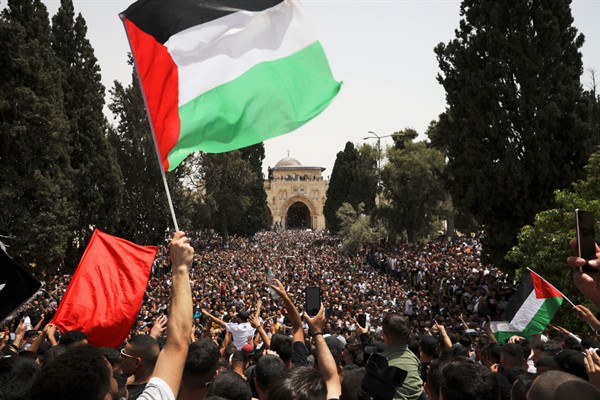Israel and Hamas ended their latest round of fighting with a minimalist cease-fire, referred to in the lexicon of their long-standing conflict as “quiet for quiet.” Though the rocket fire and air strikes have come to a halt for now, there was no broader or deeper agreement, no promise to keep the peace for any particular length of time and no steps taken to address the conflict’s triggers or root causes.
International attention understandably remains focused on Gaza, where a tragic and all-too-familiar inventory is underway. After the dead are buried, the wounded and displaced counted and the massive damage to property and infrastructure tallied, Gazans, the United Nations and international donors will figure out how to start rebuilding.
But Gaza was the culmination, not the catalyst, of this latest conflict. The confrontation began in the East Jerusalem neighborhood of Sheikh Jarrah, one of the many fronts in Israel’s ongoing campaign of forced displacement against Palestinians living under its control in the occupied territories. For weeks in late April and early May, Palestinians had been protesting an eviction proceeding that would have forced six Palestinian families from their homes in Sheikh Jarrah. The protests finally gained international attention when Israeli security forces used violence to disperse them, including in the al-Aqsa Mosque. Days later, Hamas launched its first volley of rockets at Jerusalem.

